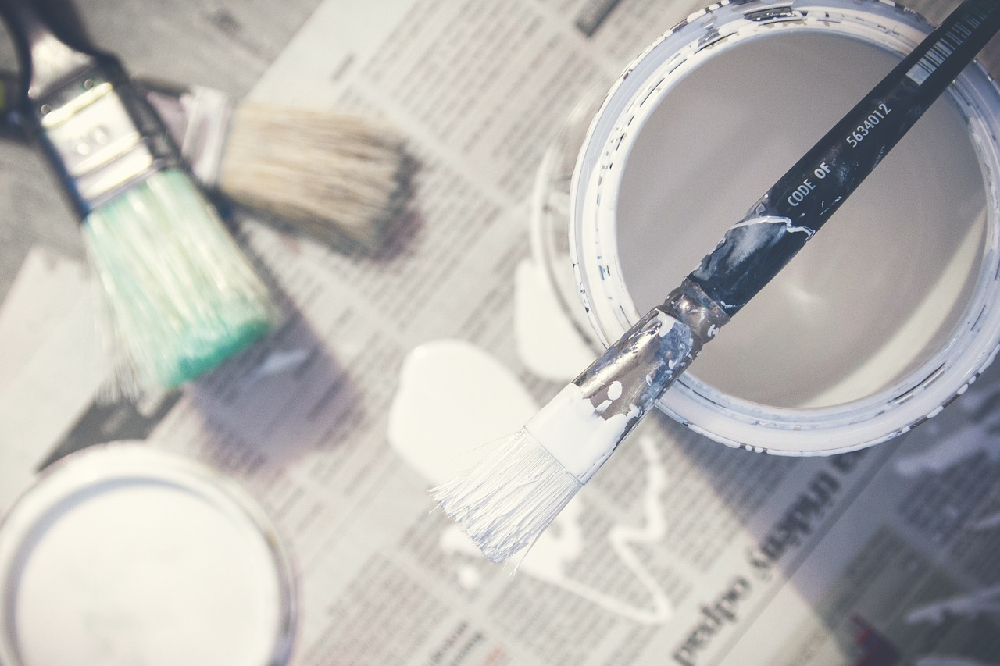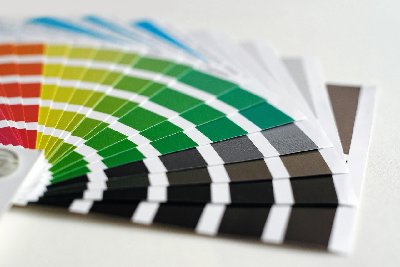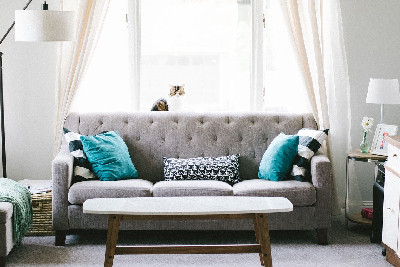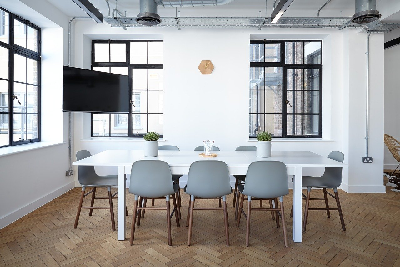During your lifetime there will be a lot of painting projects concerning your house. Whether it is interior or the front of your house you want to paint, you should know the basics about the emulsion you put on your walls. Here are practical information that may come in handy during the painting project.
Storing the paint before it goes bad
Even if you buy a paint and hire professional painting and decorating contractors, there is always something left after the project has been done. Latex paint, as long as primer or oil-based paint can go bad, but it usually takes a while. The cans are usually stored in the garage or the basement area and can stay from 10 to 15 years if unopened. A resealed can of paint can typically last for less because of the bacteria grow, moisture and heat.
How can you tell if the paint gone bad? You might notice physical changes in the consistency, which includes lumps that will not stir out or separated solutions. Try to mix the layers and see if they come together, but if the paint reseparates quickly, it is good to use. Structure changes are also followed by odour – a harsh smell coming out from the can indicates an expired paint.
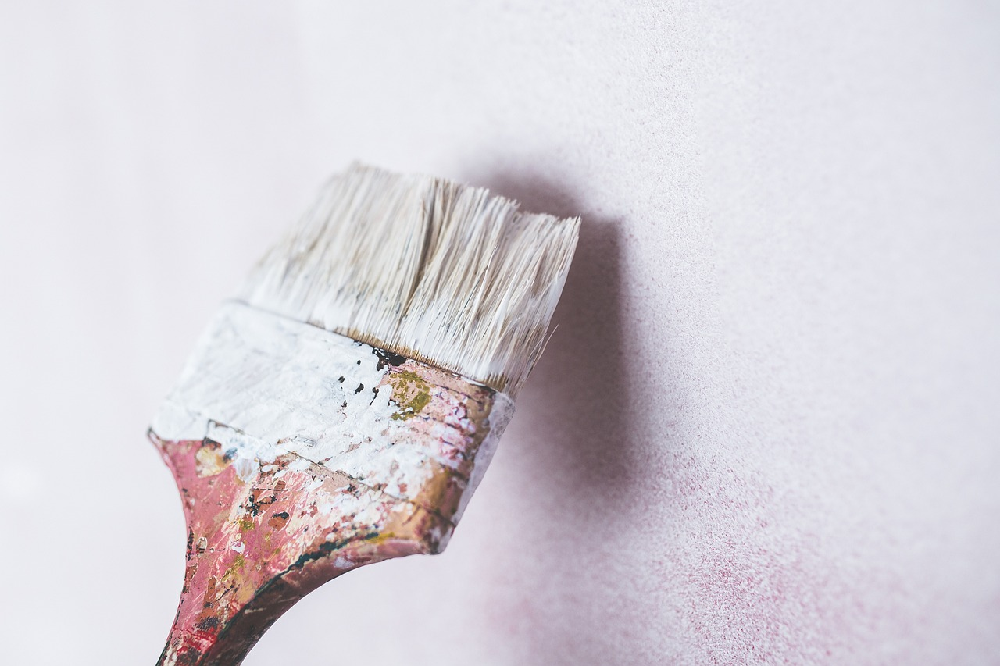
How to get paint out of clothes?
Stains are unavoidable during the painting project, and that is why you should consider hiring a professional team of painting and decorating contractors. However, anything can happen, and during the painting you do not want to have your clothes full of little spots.
Acrylic paint can be removed with a laundry detergent and cold water. Simply rub the detergent into the spot and apply cold water. Repeat until the stain is gone or close to gone. Finally, do the laundry and allow it to air dry. In case of oil-based paint, you should fully rinse the stain and soak clothes overnight in hot water and a dish detergent applied directly onto the dirty spot. Rinse the garment thoroughly and put it into the laundry with other clothes.
Is paint safe for babies?
Painting project and a newborn in the house? Although modern paints are non-toxic and said to be safe to use around babies, it does not mean there is no threat. Chose a paint that is baby-safe, but keep in mind that the lungs of a young human being are not as developed as yours, so the baby can still experience dizziness, nausea, headache, or skin irritations. It is better to arrange the sleeping place for a baby in a freshly painted room until a few days have passed. This is the basic precaution usually recommended by professional painting contractors.
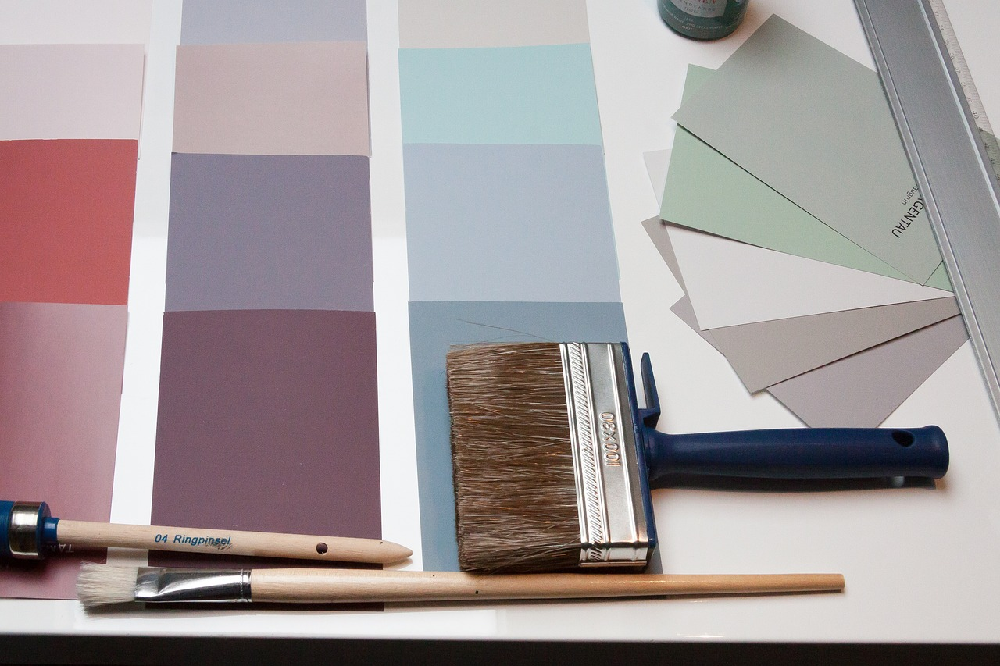
Different types of paint
There are at least 5 types of paint finishes and each of them affect how the final colour looks, as well as the durability of the paint and how easy it is to clean.
- High-gloss paint finishes are the shiniest and reflect lots of light. This also mean they are the most durable and very easy to clean.
- Semi-gloss paint finish are also highly reflective and can be used in interiors of high moisture (like bathroom or kitchen).
- Satin paint finish have soft velvety sheen, they are low reflective and have medium durability. It is recommended to hire a professional painting and decorating contractor as the brush strokes of satin paint can be incredibly noticeable when the project is done by someone inexperienced.
- Eggshell paint finish is great for high traffic areas such as hallways and dining rooms. It is fingerprint resistant and conceals most imperfections.
- Flat/matte paint finish does not have any reflection and require fewer coats to cover any visible scratches. It is the best option for low traffic areas, such as bedrooms or ceilings.
What is primer used for?
Normally, professional painting and decorating contractors recommend the use of primer before the actual painting. It serves as a masking and adhesion agent, so it is usually used to make sure that the paint will adhere properly. The primer can be applied in one, two or even three coats, depending on the surfaces and its condition. Primer is especially recommended for a drywall or bold colour changes.
